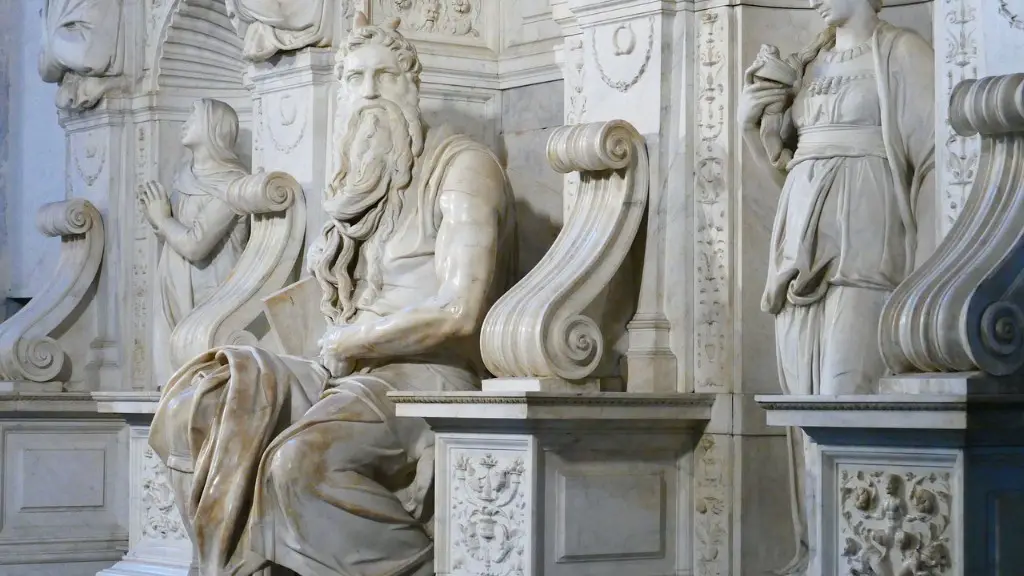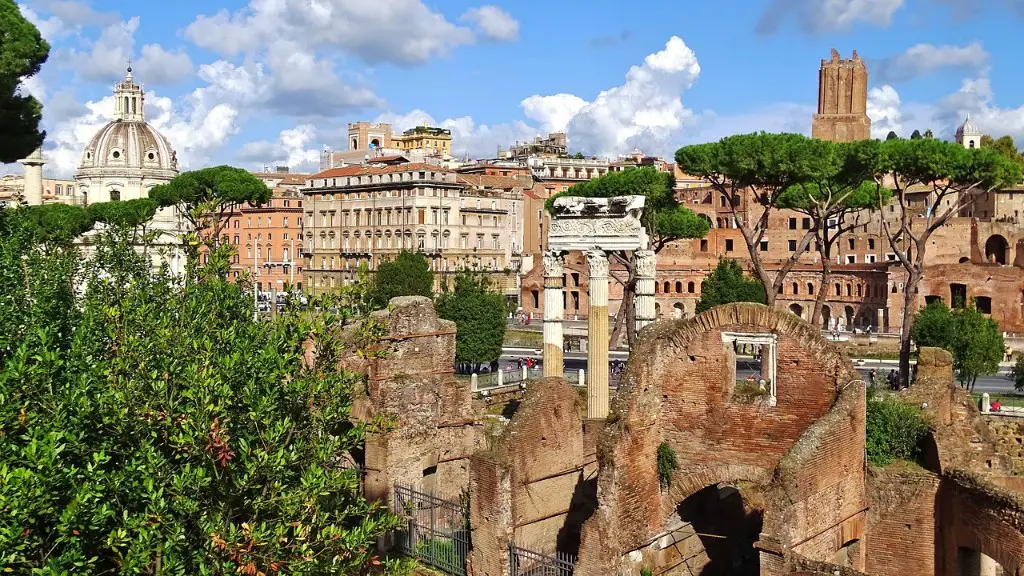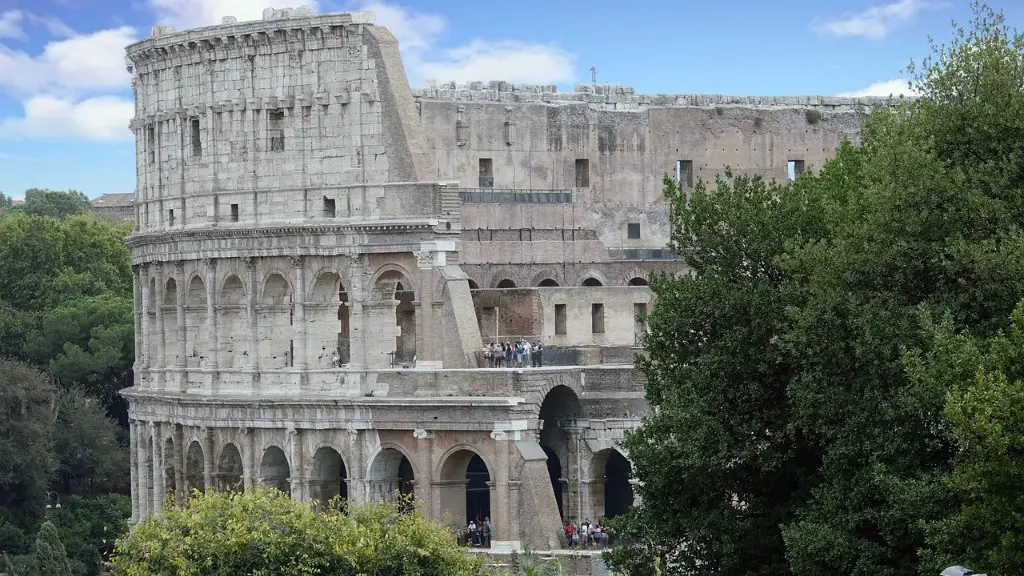Given that playwrights were often supported by rich patrons in ancient Rome, there were likely many playwrights during this period. Ancient Roman plays were often used as a form of entertainment for the elites and were often satirical in nature. Although there is no definitive list of all the playwrights from ancient Rome, some of the more famous ones include Plautus and Terence.
There is no one answer to this question as there is no agreed-upon definition of “ancient Rome.” However, if we consider ancient Rome to be the period of time during which Rome was an independent city-state, then there were a number of playwrights active during that time. Plautus and Terence are two of the best-known names from this period.
Did ancient Rome have plays?
The playwright Livius Andronicus is credited with introducing full-length, scripted plays to Rome in 240 BC. Andronicus was a native of the Greek city of Tarentum in southern Italy. The earliest Latin plays to have survived intact are the comedies of Plautus, who was active around 205-184 BC. Plautus’ plays were principally adaptations of Greek New Comedy.
As the popularity of Plautus’ plays grew, so did the prominence of scenic plays in Roman festivals. Scenic plays became a more regular feature in events that had previously only featured races, athletic competitions, and gladiatorial battles. This new form of written comedy was a hit with audiences and helped to liven up these festivals.
Who was Rome’s first known playwright
Plautus was a great Roman comic dramatist who was born in Sarsina, Umbria in 254 BC. His works were loosely adapted from Greek plays and established a truly Roman drama in the Latin language. He died in 184 BC.
In the 2nd century bce, the two most important comic writers of the Roman theatre, Plautus and Terence, were both influenced by the New Comedy of the Greeks. Their plays retained the Greek setting and costume, but they also added their own Roman twist to the stories. This made their comedies even more popular with the Roman audience.
Were Roman plays violent?
Violence was a common occurrence in the Roman world, particularly in the form of bloody gladiatorial fights. These fights took place in huge arenas known as amphitheatres, and were a popular form of entertainment for the people of Rome. While there was no bloodshed on the stage, Roman theatres were still lavishly built and decorated, and provided an impressive show for the spectators.
Theatre was a very popular form of entertainment in ancient Rome. The performances were free to the public, but the actors needed to be paid. Wealthy people would pay to put on these performances to gain popularity with the people. Ancient Roman actors were almost always men. Even female characters were played by men.
What was the most popular entertainment in ancient Rome?
The most popular form of Roman entertainment were spectator games, that the Romans called Ludi. Roman games were spectacular, popular events that attracted large crowds. They were held in honor of the gods or to commemorate special events, and featured a variety of competitions, from horse and chariot races to boxing, wrestling, and even cooking contests.
It is no surprise that Roman actors had a bad reputation. Given the humble and decadent lifestyle of society, it is not surprising that the actors were slaves or freedmen from the East. Roman law did not see any performances of Roman citizens on the stage, which likely contributed to the bad reputation of actors.
What kind of plays did most Romans like
Livy’s Roman Theater is a dance theater that originated in Rome. The theater is named after the ancient Roman historian Livy. The theater was originally built for Roman audiences to dance to flute music. The theater eventually began to allow obscene improvisational verse and dances to flute music. Medleys to dances to flute music were also allowed. Comedies with storylines and sections of lyric poetry to be sung were allowed. Comedies with storylines and song, with an added piece at the end, were allowed as well.
Plautus was a Roman playwright of the Old Latin period. He is known for his comedies, which are among the earliest surviving examples of Latin literature. Plautus died in 184 BC, at the age of 70.
How many Roman plays survive?
Seneca was a Stoic philosopher who wrote tragedies that focused on the inner conflict of the protagonist rather than the external circumstances. This is in contrast to the Greek tragedies, which often focused on the latter. While there are no extant plays from the early period of Roman tragedy, Seneca’s works provide a valuable glimpse into this genre of drama.
In the 15th century, Italian scholars found what they believed to be Roman manuscripts in the libraries of Europe. These manuscripts were in a hand which they called Antiqua, or Lettera Antica. This script was actually a form of Carolingian miniscule, which had been brought to Italy by Alcuin of York in the 8th century. Italian scribes copied these Carolingian manuscripts, not realizing that they were not in fact Roman.
The Roman script that the Italians were trying to imitate was actually a MUCH earlier form of writing, known as Old Latin or Latinud fadescript. This script was used in the classical period, during the time of Cicero. Unfortunately, very few examples of this script have survived to the present day.
Did the Romans invent theatre
Historians believe that the first purpose-built theater wasn’t built in Rome until 55 BC. Before this date, temporary wooden structures were erected ahead of public holidays, festivals, and celebrations. Famously, the Romans were the first civilization to use concrete widely in construction projects.
Aeschylus, Sophocles, and Euripides are considered the three great playwrights of tragedy. Aeschylus is known for his poetic and spectacular plays, Sophocles for his powerful characterizations, and Euripides for his realistic and emotional portrayals of human suffering. All three of these playwrights helped to define the genre of tragedy and create works that are still studied and performed today.
What was a Roman theatre called?
A Roman theatre is a public venue used for entertainment, typically a play or musical performance. Ancient Roman theatres were constructed similarly to Greek theatres, with a cavea (seating area) built on a solid, man-made foundation and enclosed by solid walls. The cavea was arranged in a semicircle around the orchestra (stage area), with the seating tiers stacked one on top of the other. Roman theatres were built in a variety of sizes and shapes, depending on the available space and the needs of the production.
Violence has always been a significant part of Roman identity, and images of war and violence are pervasive throughout the Roman world. The myths and history of Rome are filled with brutal acts of rape, fratricide and war.Roman identity is strongly tied to concepts of strength and power, and violence is seen as a necessary part of that. War was seen as a noble and heroic pursuit, and the defeated were often shown clemency and treated with respect. Roman culture idealized the soldier as a figure of strength, courage and honor.
Final Words
There is no definitive answer to this question as there is no agreed upon definition of “playwright.” If one includes all writers of stage plays, ancient Rome would have had a large number of playwrights. If, however, one defines a playwright as a professional writer of comedies or tragedies, the number of playwrights in ancient Rome would be much smaller.
There is no clear answer as to how many playwrights there were in ancient Rome. However, there were likely a fair amount given the popularity of theatre during that time period.





